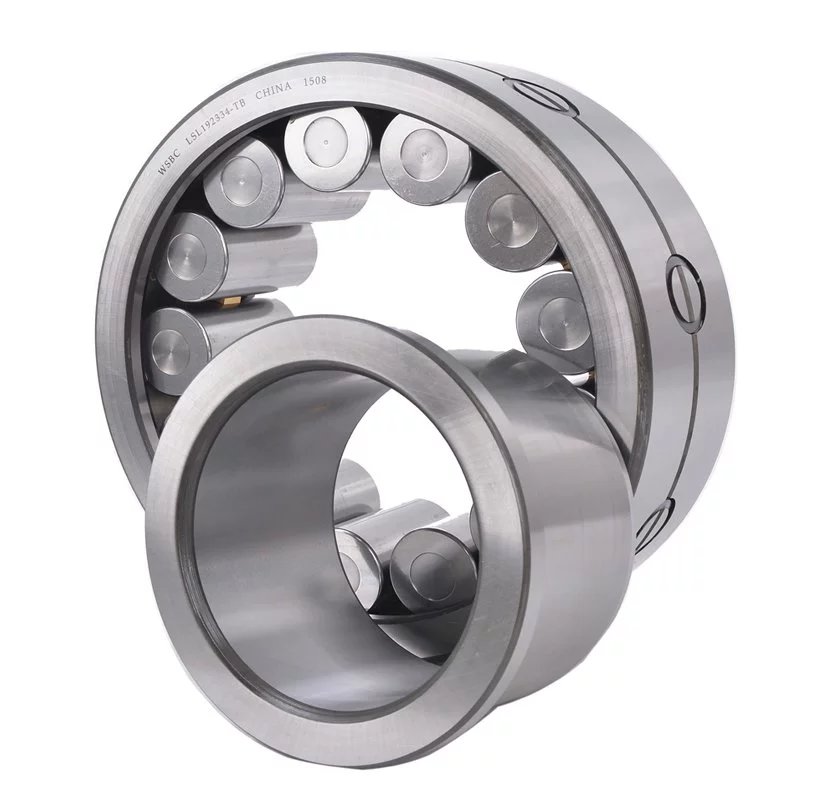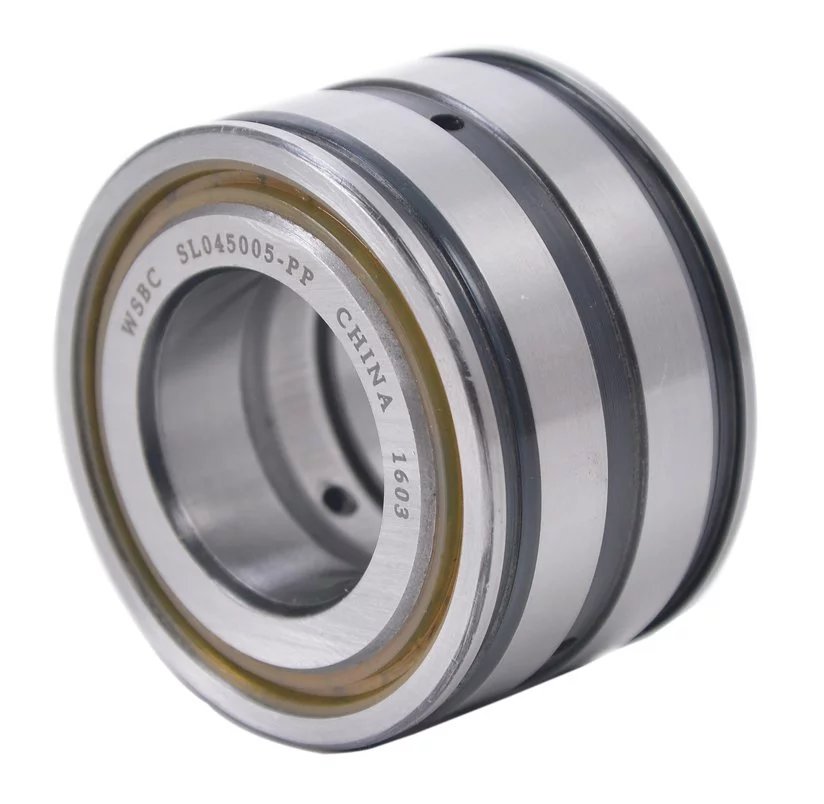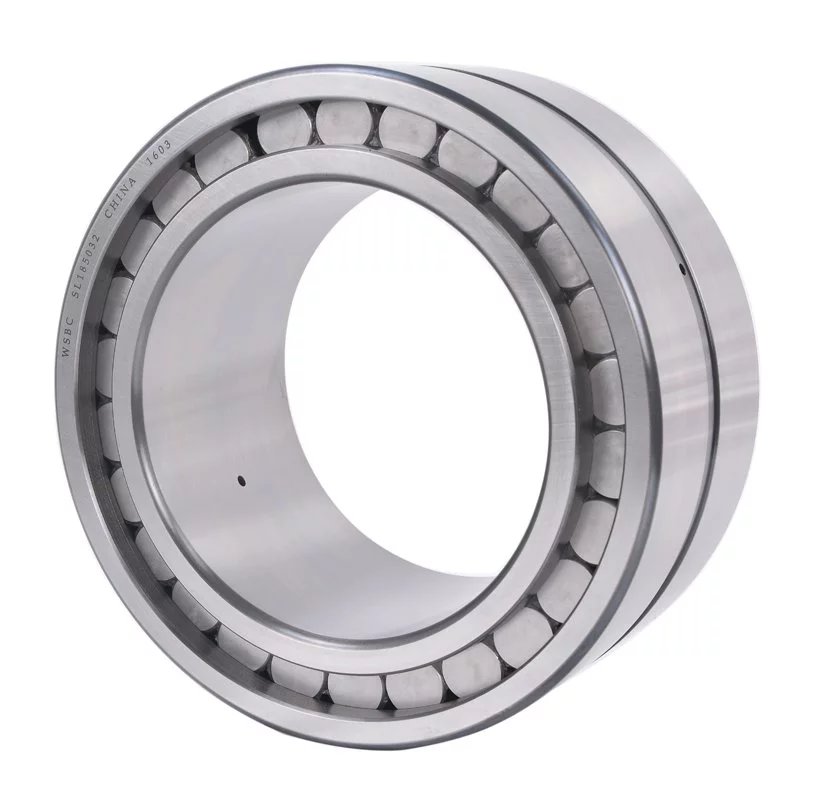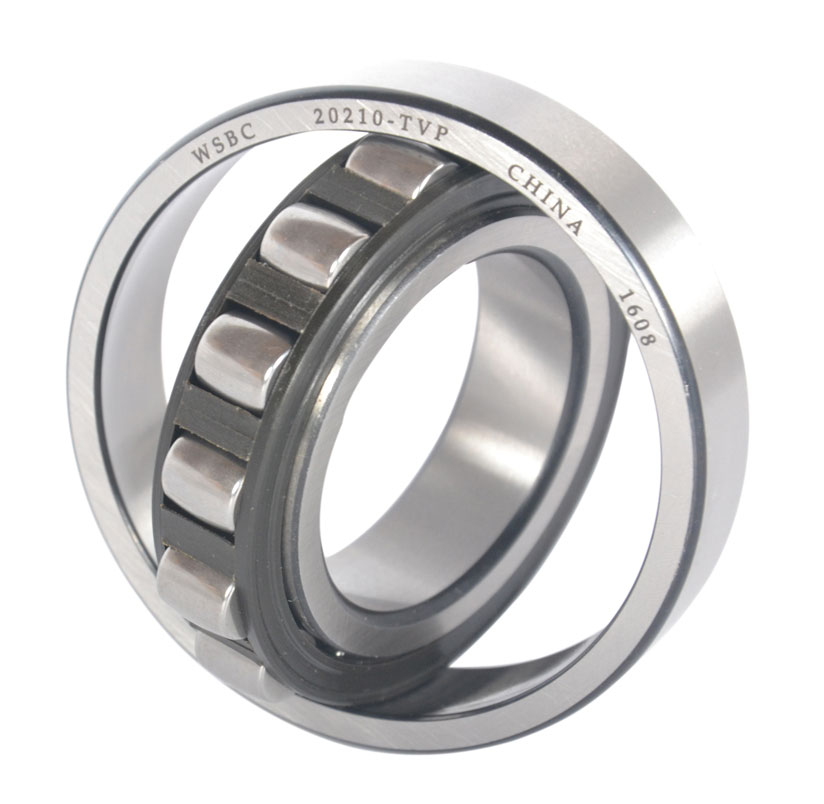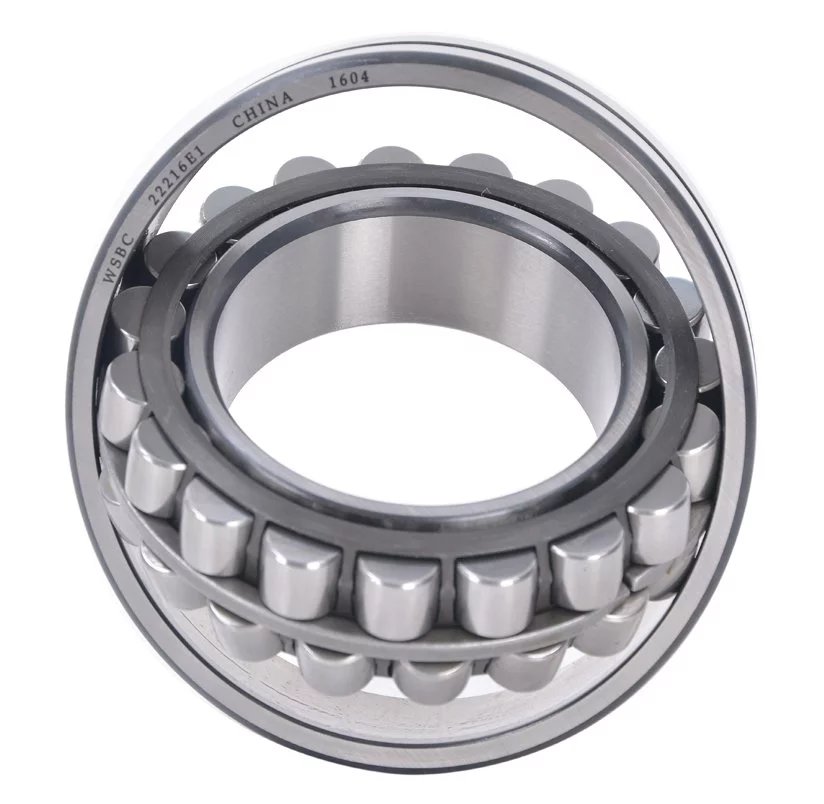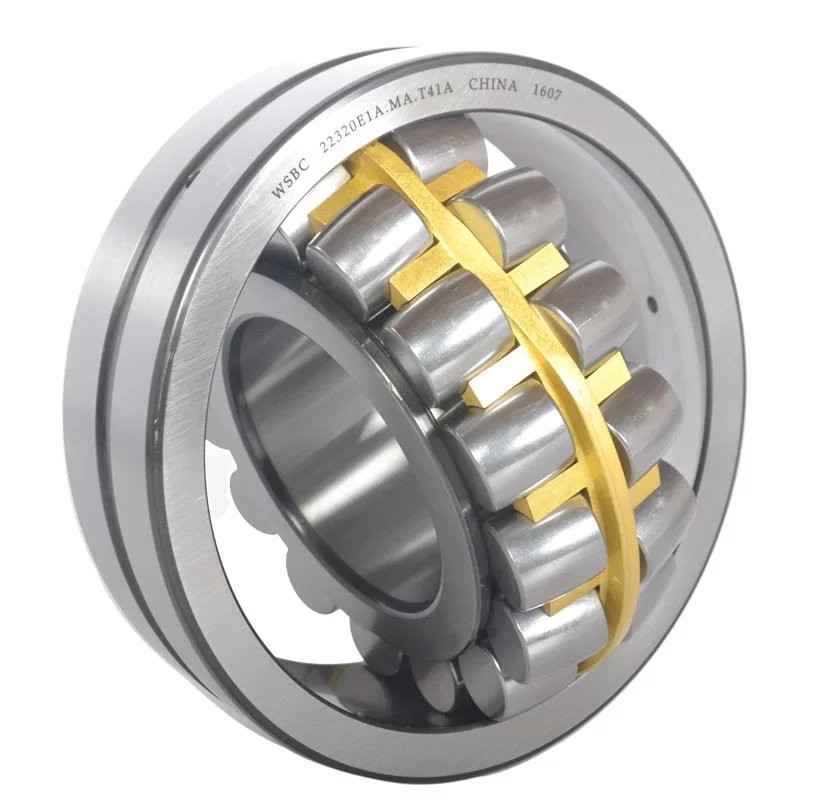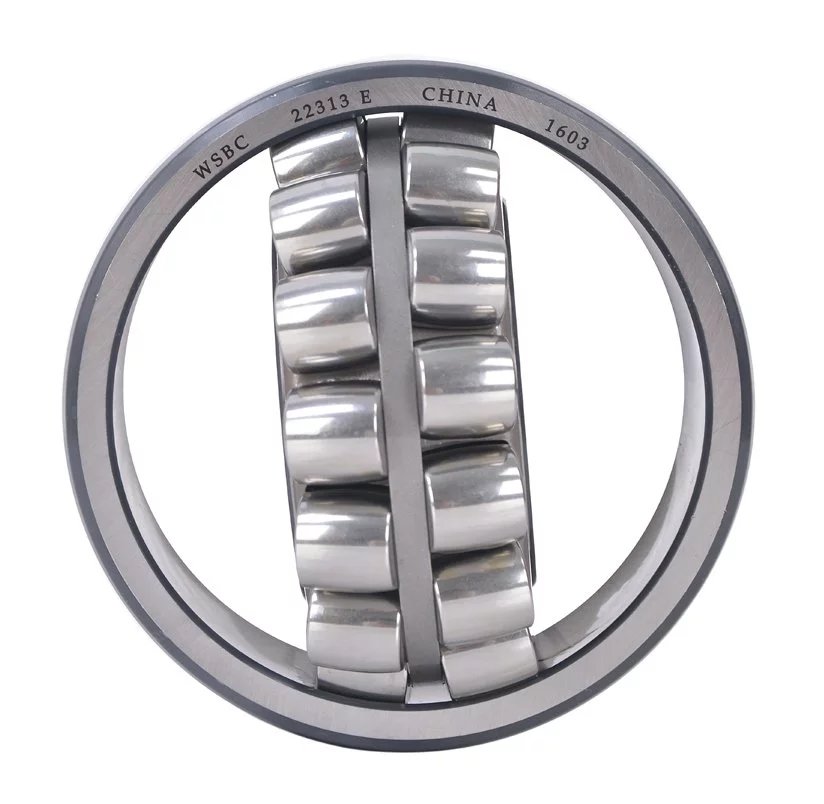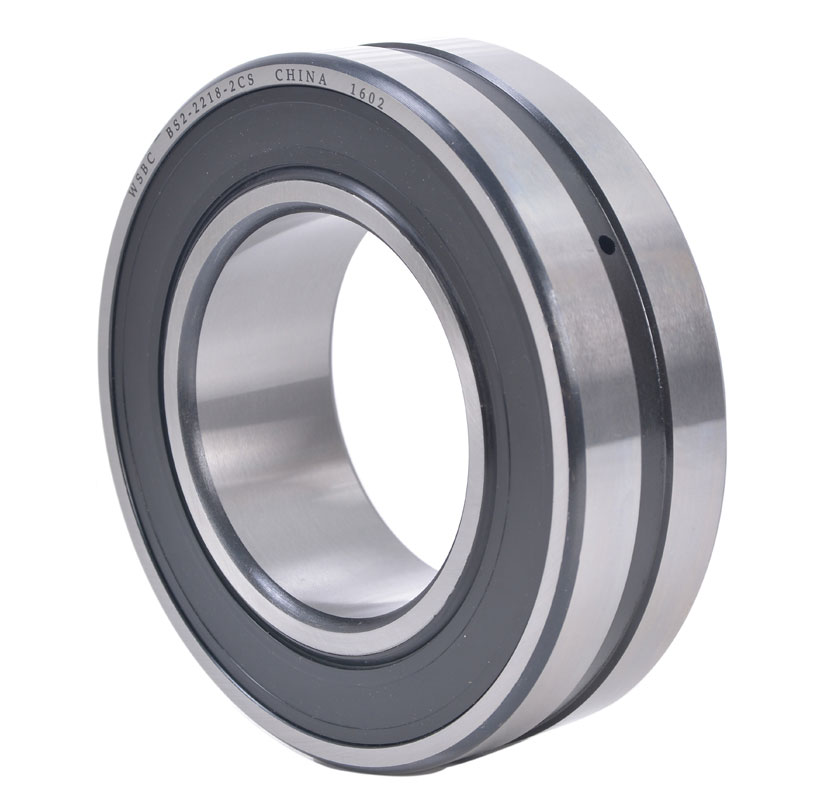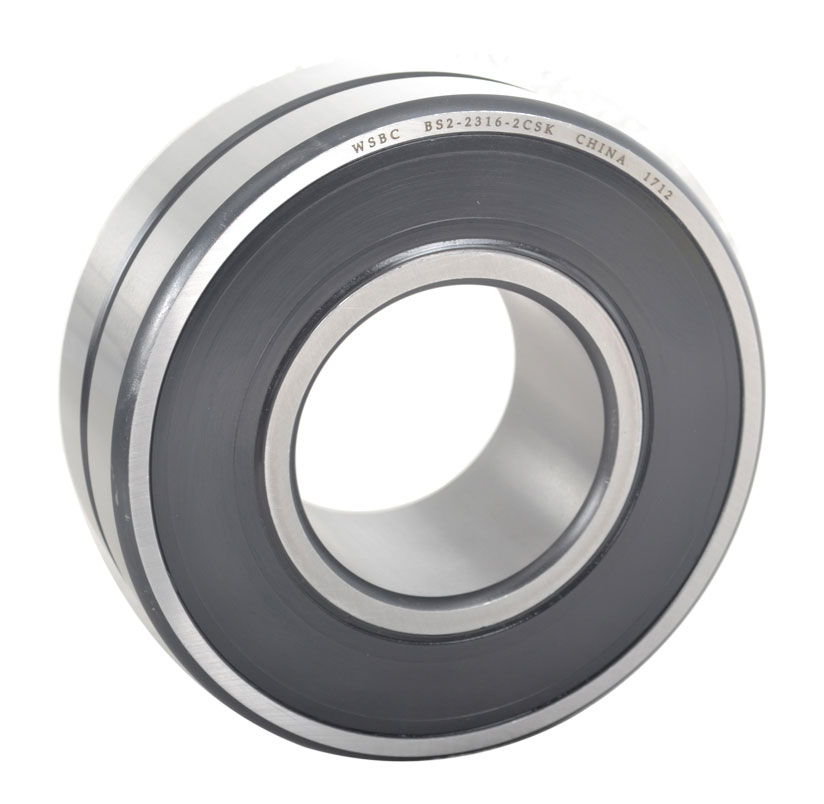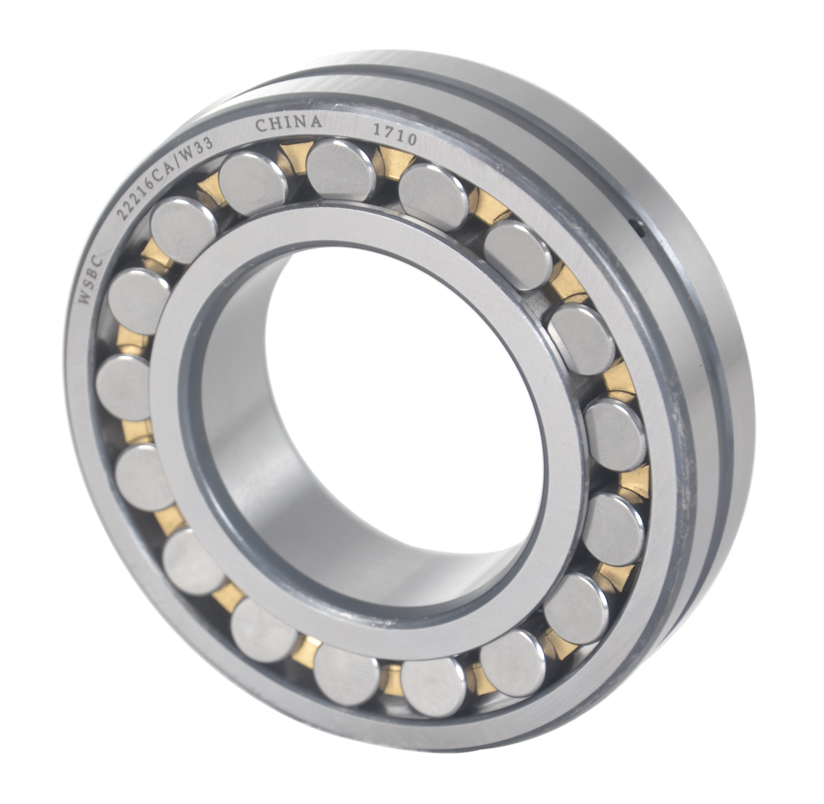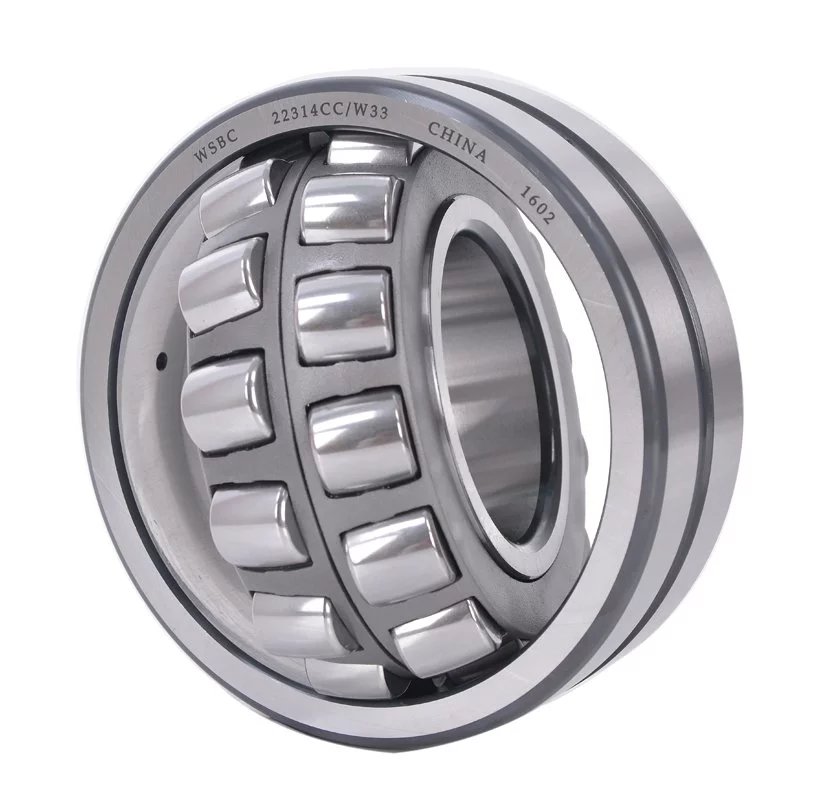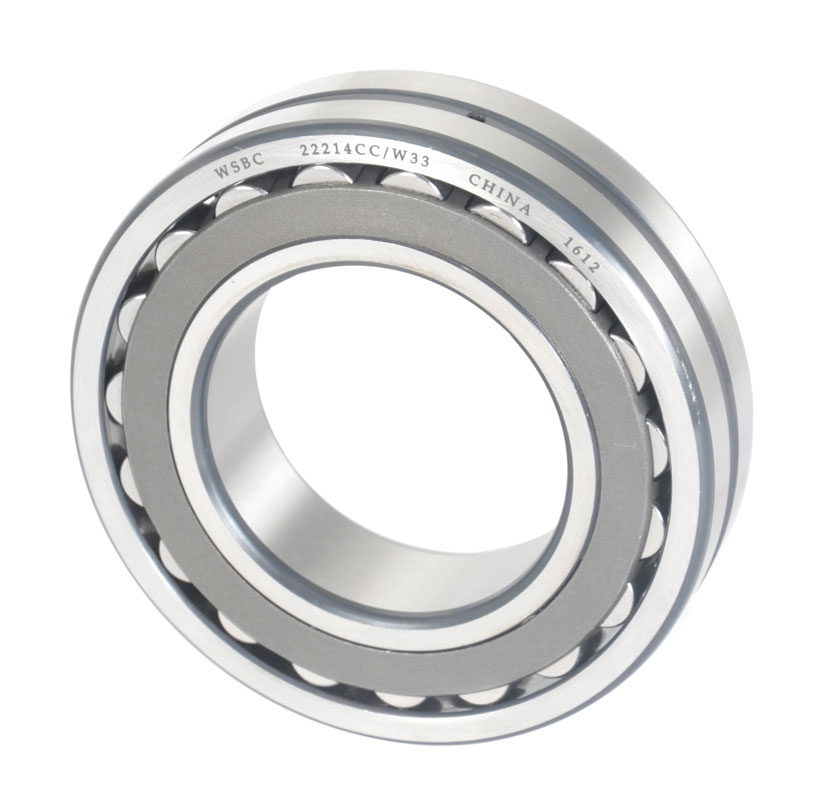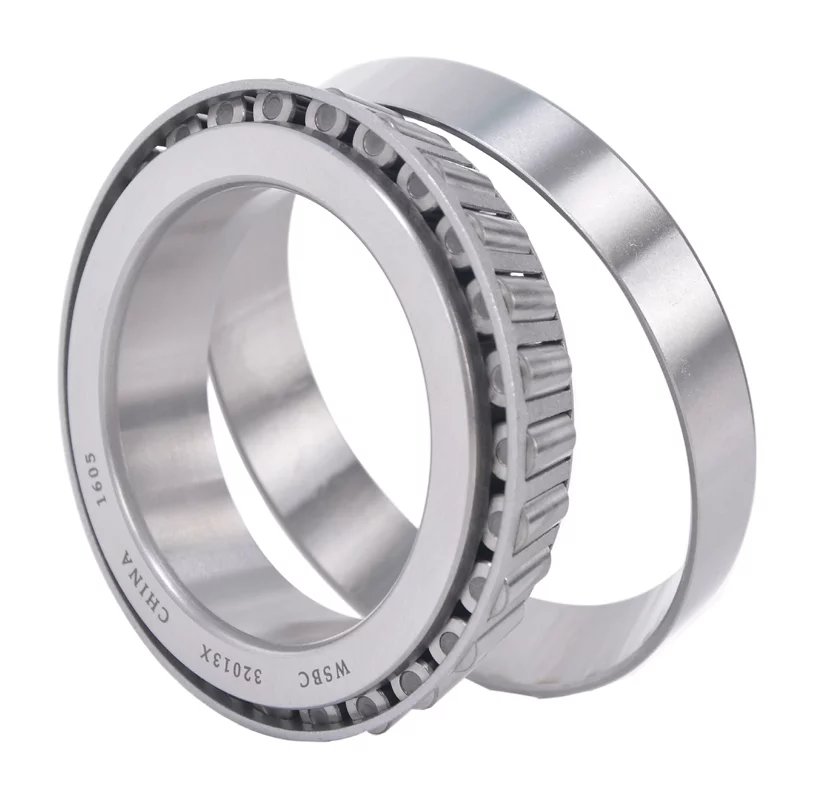News
Different Diagnostic Methods of Rolling Bearing Failure
Time:2020.12.24 Source:Roller Bearings Suppliers
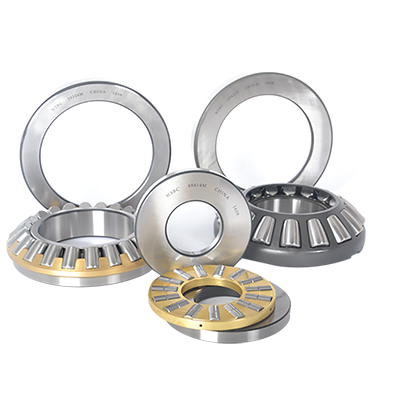
As an important part of mechanical equipment, the rolling bearing will directly affect the normal operation of mechanical equipment if there is a fault in the process of use.And the bearing failure is one of the common problems, if the mechanical bearing initial failure we should if the judgment can be found as soon as possible, good as soon as possible to deal with the corresponding, in case of the normal flow of mechanical equipment.
1. Abnormal rotating sound analysis and diagnosis
Abnormal rotating sound detection and analysis is an analysis method that uses the auscultation method to monitor the working state of bearings. The common tool is a screwdriver with a long wooden handle or a hard plastic pipe with an outside diameter of about 20mm. Relatively speaking, using an electronic stethoscope for monitoring is more beneficial to improve the reliability of monitoring. When the bearing is in the normal working state, the operation is smooth, light, without stagnation phenomenon, the sound occurs harmonious and no noise can hear even and continuous "Hua Hua" sound, or lower "bang" sound. The bearing faults reflected by abnormal sounds are as follows.
1) The bearing emits a uniform and continuous "hissing" sound, which is generated by the rotation of the rolling body in the inner and outer ring and contains an irregular sound of metal vibration independent of the rotation speed. The general performance is the bearing fat content is insufficient, should be supplemented. If the equipment is down for too long, especially in the cold winter conditions, the bearing will sometimes produce a "hissing and rustling" sound during operation, which is related to the smaller radial clearance of the bearing and the smaller working penetration of the grease.
The bearing clearance should be adjusted appropriately and the new grease with larger needle insertion should be replaced. Need WSBC 21316 E, click here to learn more.
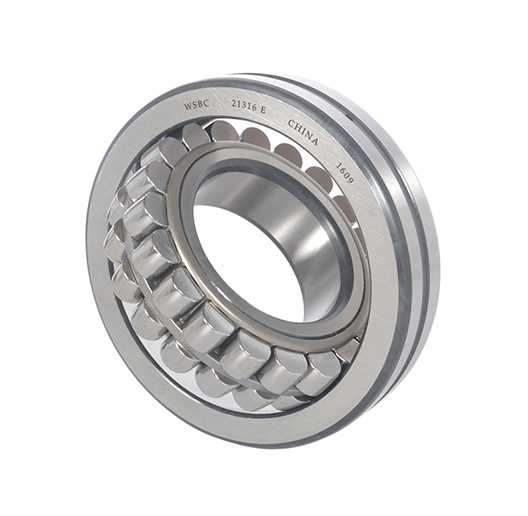
2) The bearing in the continuous "Hua Hua" sound issued a uniform periodic "Ho Luo" sound, this sound is due to the rolling body and the inner and outer ring raceways appear scratches, grooves, rust spots and caused by. The period of the sound is proportional to the speed of the bearing. Bearings shall be replaced.
3) The bearing makes an irregular and uneven sound, which is caused by the dropping of iron filings, sand particles and other impurities within the bearing. The sound intensity is small and has no connection with revolutions. Bearings should be cleaned, regreased or changed.
4) The bearing produces a continuous and irregular "rustling" sound, which is generally related to the loose fit between the inner ring and the shaft of the bearing or the loose fit between the outer ring and the bearing hole. When the intensity of sound is high, the bearing coordination should be checked and the problem should be repaired in time.
2. Vibration signal analysis and diagnosis
Bearing vibration is very sensitive to bearing damage, such as spalling, indentation, corrosion, crack, wear and so on will be reflected in the bearing and vibration measurement. Therefore, the size of the vibration can be measured by using a special bearing vibration meter (frequency analyzer, etc.), and the specific situation of the anomaly can be inferred by frequency distribution. The measured value varies with the use condition of the bearing or the installation position of the sensor, so it is necessary to analyze and compare the measured value of each machine before determining the judgment standard.
There are many kinds of detection and diagnosis techniques for rolling bearing fault, such as vibration signal detection, lubricating oil analysis detection, temperature detection, acoustic emission detection, etc. Among all kinds of diagnostic methods, vibration signal-based diagnosis technology is the most widely used, which can be divided into simple diagnosis methods and precise diagnosis methods. The simple diagnosis uses various parameters of vibration signal waveform, such as amplitude, waveform factor, crest factor, probability density, kurtosis coefficient, etc., as well as various demodulation techniques to preliminarily judge the bearing to confirm whether there is a fault. In precision diagnosis, various modern signal processing methods are used to determine the fault type and cause of bearings which are considered to have faults in simple diagnosis.
3. Simple diagnosis of rolling bearing faults
In the process of using simple diagnosis to rolling bearing vibration, the vibration is usually measured value (peak and RMS values, etc.) and given some standard comparison, determine in advance according to the measured vibration value is beyond the limits of the standards to judge whether the bearing failed, to decide whether to need a further precision diagnosis. The judgment criteria for the simple diagnosis of rolling bearings can be roughly divided into three categories:
(1) Absolute criterion: it is the absolute value used to judge whether the measured vibration value is beyond the limit;
(2) Relative determination standard: it is a standard for the diagnosis based on the ratio between the measured vibration value and the reference vibration value by taking the vibration value of the bearing under the condition of no-fault as the standard for the regular vibration detection of the same part of the bearing and making comparison according to the time sequence;
(3) Analogy judgment standard: it is a standard for the vibration detection of several bearings of the same type in the same part under the same conditions, and the vibration values are compared to each other for judgment.
The absolute criterion is the standard based on the specified detection method. Therefore, attention must be paid to its applicable frequency range and vibration detection must be carried out according to the specified method. The absolute judgment standard that applies to all bearings is nonexistent, therefore it is to use absolute judgment standard concurrently commonly, relative judgment standard and analogy judgment standard, such ability obtains accurate, reliable diagnosis result.
4. Precise diagnosis of rolling bearing faults
The vibration frequency component of the rolling bearing is very rich, including both low-frequency components and high-frequency components, and each kind of specific fault should have a specific frequency component. The task of precise diagnosis is to separate the specific frequency components by appropriate signal processing methods, thus indicating the presence of specific faults. Click here to learn more about WSBC 22211 E.
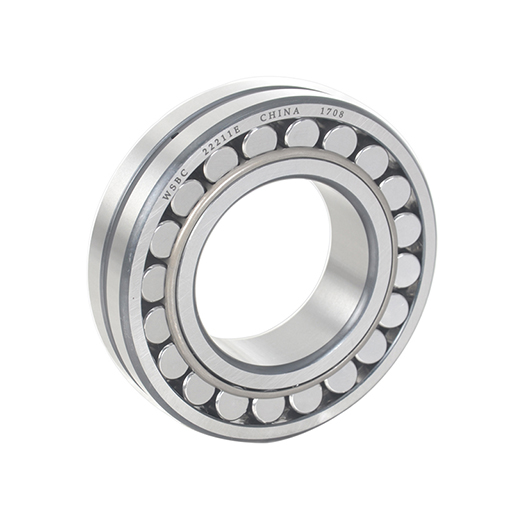
Commonly used precise diagnosis has the following several kinds:
(1) Low-frequency signal analysis
Low-frequency signals are vibrations with frequencies below 8kHz.In general, acceleration sensors are used to measure the vibration of rolling bearings, but the vibration velocity is analyzed for low-frequency signals. Therefore, the acceleration signal is converted by the integrator after passing through the charge amplifier, and then the high-frequency signal is removed through the low pass filter with an upper cut-off frequency of 8kHz.
Finally, the frequency component analysis is carried out to find out the characteristic frequency of the signal and make a diagnosis.
(2) Demodulation analysis of medium and high-frequency signals
The frequency range of intermediate frequency signals is 8KHz-20khz, and that of high-frequency signals is 20KHz-80khz.Since acceleration can be directly analyzed for medium and high-frequency signals after the sensor signal passes through the charge amplifier, the low-frequency signals are directly removed through the high-pass filter, then demodulated, and finally, the frequency analysis is carried out to find out the characteristic frequency of the signal.
By using the above detection methods to track and detect the running state of the bearing parts of key equipment, the hidden trouble of the bearing parts of equipment can be diagnosed effectively, and prevention can be made in advance to ensure the normal use of the equipment.
Wuxi Spark Bearing Co., Ltd (Aka Spark Bearings) is the complete, one-stop E type cylindrical roller bearings supplier & manufacturer. All products are qualified and have passed the ISO 9001 qualification. Here are some popular types of E type cylindrical roller bearings, Send a quote and get the latest price of cheap ball bearings from Spark Bearings.
Hot Topics
Copyright © Wuxi Spark Bearings Co.,Ltd Co., Ltd All Rights Reserved. Sitemap
www.spark-bearing.com. Profession in Roller Bearings, Ball Bearings and Taper Toller Bearings-China Suppliers.
